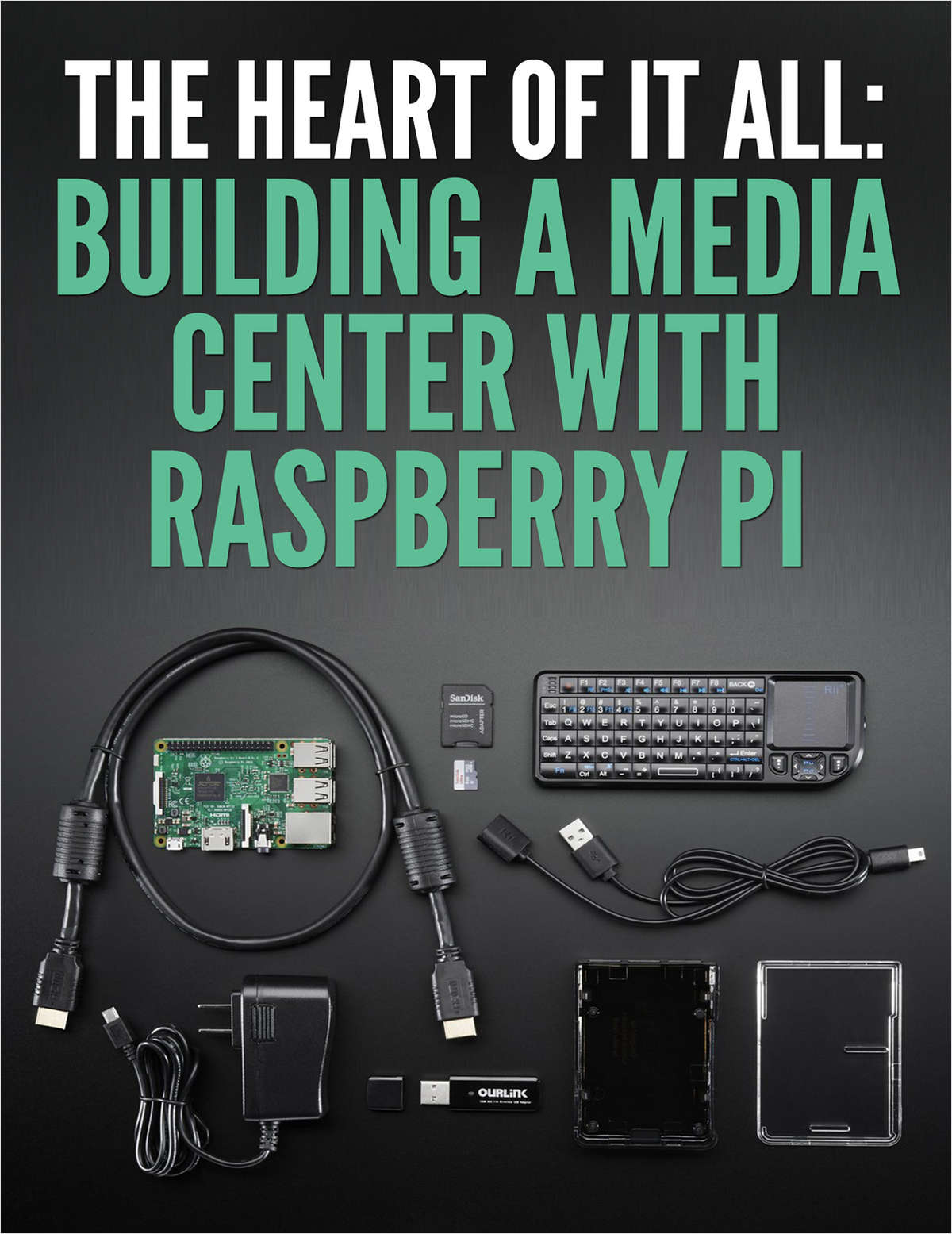

- #Best media server for raspberry pi install#
- #Best media server for raspberry pi update#
- #Best media server for raspberry pi code#
- #Best media server for raspberry pi password#
- #Best media server for raspberry pi tv#
The format of this line of code is as follows: UUID="uuid-of-your-drive" "mount-point" "file-system-type" "mount-option" "dump" "pass" We need to append one line of code at the end of the file. Run the following command to edit the /etc/fstab file. Make sure to copy the data into a notepad or similar for use in a moment. Next, you’ll want to make sure that your hard drive stays mounted even when you reboot, so we’ll have to add it to fstab.īut first we need to get some info about our drive. With that out of the way, we can actually mount the hard drive to the newly created hdd directory: sudo mount /dev/sda1 /mnt/hdd Next we need to create the hdd directory: sudo mkdir hdd Now you need to change directories to /mnt: cd mnt Because of the way DockSTARTer works, we’re going to mount it to /mnt/hdd. Now that we have that, we can decide where to mount the hard drive. What we want is the other device at the bottom of the image. The first device (at the top) is the Micro SD card. What we’re looking at is the attached storage information. You’ll need to run the following command in PuTTY to find the exact path to your hard drive: sudo fdisk -l You could, realistically run it right now and things would function as you’d want, but first, we need to mount our external hard drive.
#Best media server for raspberry pi update#
Next, you’re going to enter each of these commands, one after the other: sudo apt-get update Your Raspian login credentials will be: Username: pi

Then, open PuTTY and connect to your Rasbperry Pi on port 22. You may have to go to your router to get this information. You can find the basic commands for DockSTARTer here, but there are a few additional things we’re going to do to customize our install.įirst, find the IP of your Raspberry Pi. Once you have powered on your Raspberry Pi, it will go through a quick setup process and then will reboot.Īfter the reboot, we can get into setting things up. I advise using an ethernet cable for your network connection. Also, attach all the cables you need, but be sure to plug the power cable in last unless you have a switch on your power cable.Īlso, I haven’t tested this with WiFi, so I don’t know if that will work. When that’s done, eject the Micro SD card and insert it into your Raspberry Pi. Select the extracted image and the Micro SD card and click “Flash!” When the download has completed, you’ll have a. We’ll use Raspbian Buster Lite, which you can download here. Since we’re using a Raspberry Pi 4, we need an operating system to start from. Once you’ve got everything ready, we can move over to our desktop and get started. Note: those product links are Amazon affiliate links.
#Best media server for raspberry pi tv#
While this is technically optional, your Micro SD card will fill up fast if you start adding movies, music, TV shows, and that sort of thing. I’m using the 4GB RAM model, but any of them should work. Getting startedįirst things first, you’re going to need a few supplies: You can learn more about DockSTARTer here.įull list of native apps available in the sidebar here: īecause we’ve spent the past several months sort of ignoring Raspberry Pi users, we’re going to shift gears and setup a home server on a Raspberry Pi 4. You may choose to rely on DockSTARTer for various changes to your Docker system, or use DockSTARTer as a stepping stone and learn to do more advanced configurations. If you don't get a connection with the browser check if the Raspberry is listing to ports 9000, 90 with netstat -t -l.The main goal of DockSTARTer is to make it quick and easy to get up and running with Docker.
#Best media server for raspberry pi install#
Install missing dependencies and complete installation with apt -fix-broken install.ĭuring that process the following packages will be installed: libio-socket-ssl-perl libnet-libidn-perl libnet-ssleay-perl perl-openssl-defaultsĬonnect to the web-gui of LMS with a browser: IP:9000. This is the file you want to download with wget. For RaspberriPi the arm architecture is necessary. UPDATE: In general, all versions can be found here. (I tried with last stable version 7.9.1 and was not able to reach the webGUI, that's why I recommend 7.9.2 nightly).
#Best media server for raspberry pi password#
Change your password with passwd pi.ĭownload current stable or nightly version arm.deb with wget. Log into the Raspi using Putty with username pi and password raspberry. After the installation is complete, put a file on the boot partition that is named just ssh to activate SSH login. Install the IMG to a SD card with Win32 Disk Imager on Windows - if you use Windows.


 0 kommentar(er)
0 kommentar(er)
